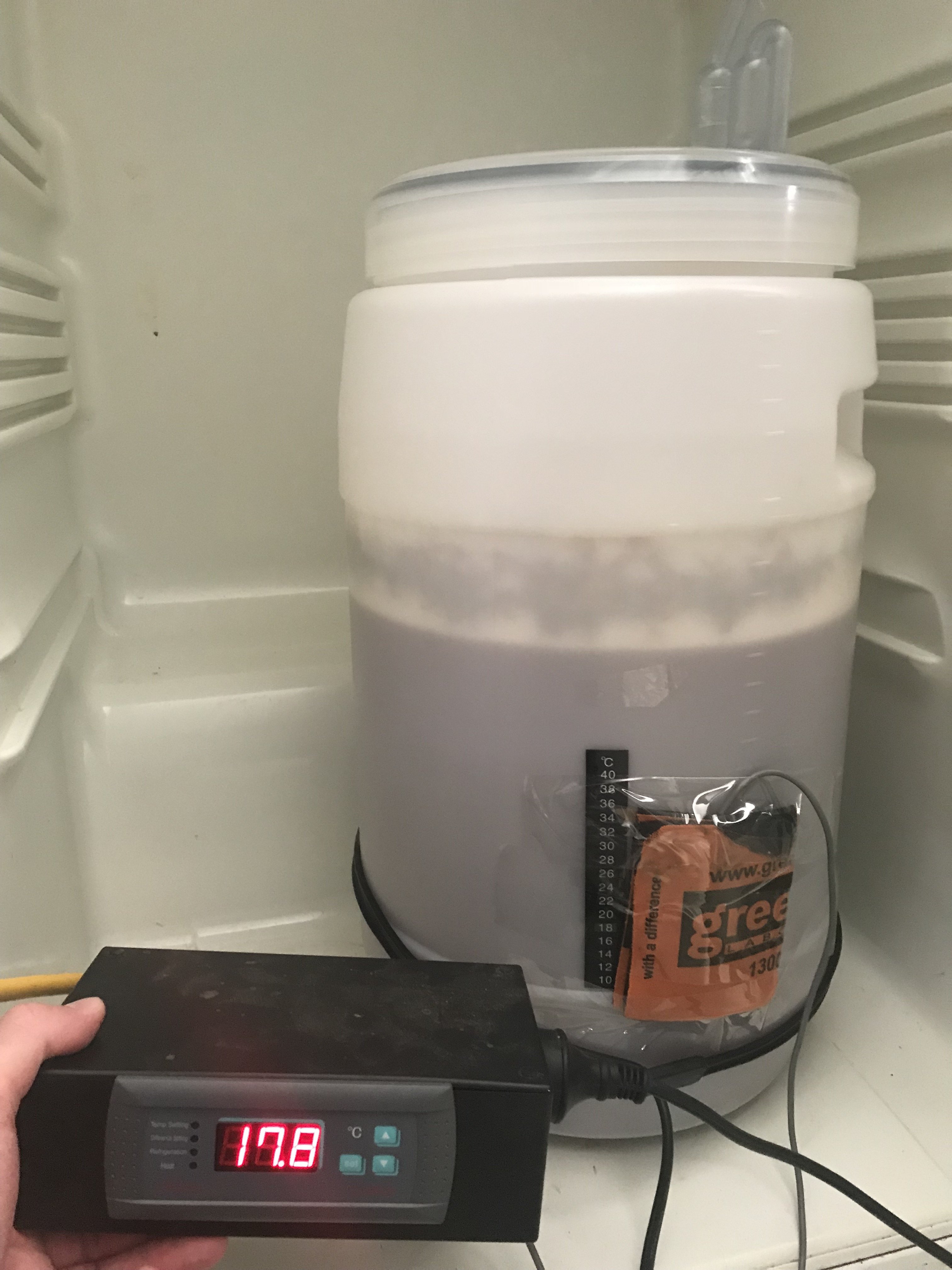kproudfoot
Well-Known Member
- Joined
- Apr 4, 2015
- Messages
- 188
- Reaction score
- 15
Going to lager for the 1st time.
I have a fridge I will be using along with a inkbird temp controller and a pad to heat with. My question is my fermentor doesn’t have a thermowell for the temp probe. I would assume the air temp is different than the temp of wort. Any ideas how to handle this?
I have a fridge I will be using along with a inkbird temp controller and a pad to heat with. My question is my fermentor doesn’t have a thermowell for the temp probe. I would assume the air temp is different than the temp of wort. Any ideas how to handle this?
















































![Craft A Brew - Safale BE-256 Yeast - Fermentis - Belgian Ale Dry Yeast - For Belgian & Strong Ales - Ingredients for Home Brewing - Beer Making Supplies - [3 Pack]](https://m.media-amazon.com/images/I/51bcKEwQmWL._SL500_.jpg)









